7-AMINO-4-METHYL-3-COUMARINYLACETIC ACID
Synonym(s):2H-1-Benzopyran-3-acetic acid;AMCA-H;Aminomethyl coumarin acetic acid
- CAS NO.:106562-32-7
- Empirical Formula: C12H11NO4
- Molecular Weight: 233.22
- MDL number: MFCD00081051
- SAFETY DATA SHEET (SDS)
- Update Date: 2024-11-19 20:33:22
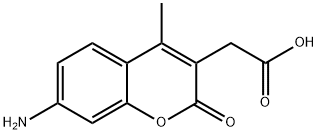
What is 7-AMINO-4-METHYL-3-COUMARINYLACETIC ACID?
Description
AMCA is fluorescent protein labeling agent. It contains an N-hydroxysuccinimide ester that reacts with lysine residues to form photostable amide links. Upon activation with UV light, AMCA displays emission maxima of 400-460 nm. It has commonly been used in multiplex immunophenotyping applications.
The Uses of 7-AMINO-4-METHYL-3-COUMARINYLACETIC ACID
Non-Activated, Amine-Reactive, fluorescent probe
The Uses of 7-AMINO-4-METHYL-3-COUMARINYLACETIC ACID
7-AMINO-4-METHYL-3-COUMARINYLACETIC ACID is a blue fluorescent dye. Its desirable properties include a relatively large Stoke's shift and resistance to photobleaching. 7-AMINO-4-METHYL-3-COUMARINYLACETIC ACID is used as contrasting probes for double and triple labeling in im
Properties of 7-AMINO-4-METHYL-3-COUMARINYLACETIC ACID
| Boiling point: | 512.2±50.0 °C(Predicted) |
| Density | 1.391±0.06 g/cm3 (20 ºC 760 Torr) |
| storage temp. | Keep in dark place,Sealed in dry,Room Temperature |
| solubility | DMF: soluble |
| form | powder to crystal |
| pka | 3.80±0.10(Predicted) |
| color | Light yellow to Brown |
| λmax | 344nm(Buffer)(lit.) |
| BRN | 7927205 |
Safety information for 7-AMINO-4-METHYL-3-COUMARINYLACETIC ACID
| Signal word | Warning |
| Pictogram(s) |
 Exclamation Mark Irritant GHS07 |
| GHS Hazard Statements |
H315:Skin corrosion/irritation H319:Serious eye damage/eye irritation H335:Specific target organ toxicity, single exposure;Respiratory tract irritation |
| Precautionary Statement Codes |
P261:Avoid breathing dust/fume/gas/mist/vapours/spray. P264:Wash hands thoroughly after handling. P264:Wash skin thouroughly after handling. P271:Use only outdoors or in a well-ventilated area. P280:Wear protective gloves/protective clothing/eye protection/face protection. P302+P352:IF ON SKIN: wash with plenty of soap and water. P305+P351+P338:IF IN EYES: Rinse cautiously with water for several minutes. Remove contact lenses, if present and easy to do. Continuerinsing. |
Computed Descriptors for 7-AMINO-4-METHYL-3-COUMARINYLACETIC ACID
7-AMINO-4-METHYL-3-COUMARINYLACETIC ACID manufacturer
Inventichem
1Y
Phone:+91-7569521157
Whatsapp: +91 7569521157
product: 106562-32-7 7-Amino-4-methyl-3-coumarinyl acetic acid 98%
New Products
(S)-3-Aminobutanenitrile hydrochloride 4-Methylphenylacetic acid N-Boc-D-alaninol N-BOC-D/L-ALANINOL Tert-butyl bis(2-chloroethyl)carbamate 3-Morpholino-1-(4-nitrophenyl)-5,6-dihydropyridin- 2(1H)-one Furan-2,5-Dicarboxylic Acid Tropic acid 1-Bromo-3,5-Di-Tert-Butylbenzene S-2-CHLORO PROPIONIC ACID ETHYL ISOCYANOACETATE 2-Bromo-1,3-Bis(Dimethylamino)Trimethinium Hexafluorophosphate 4-IODO BENZOIC ACID 3-NITRO-2-METHYL ANILINE 1-(2,4-DICHLOROPHENYL) ETHANAMINE (2-Hydroxyphenyl)acetonitrile 4-Bromopyrazole 2-(Cyanocyclohexyl)acetic acid 4-methoxy-3,5-dinitropyridine 1-(4-(aminomethyl)benzyl)urea hydrochloride 2-aminopropyl benzoate hydrochloride diethyl 2-(2-((tertbutoxycarbonyl)amino) ethyl)malonate tert-butyl 4- (ureidomethyl)benzylcarbamate Ethyl-2-chloro((4-methoxyphenyl)hydrazono)acetateRelated products of tetrahydrofuran
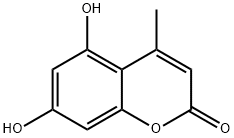
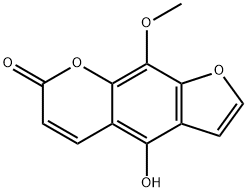
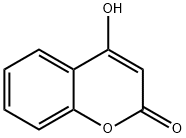
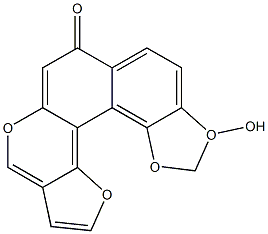
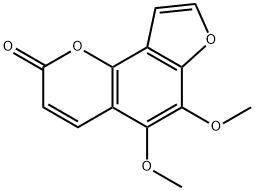
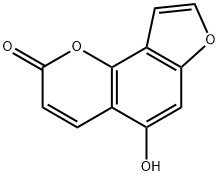
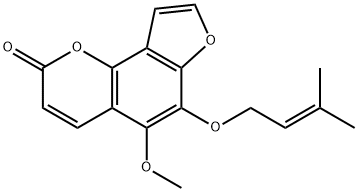
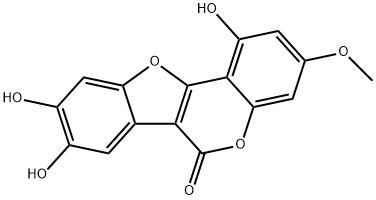
You may like
-
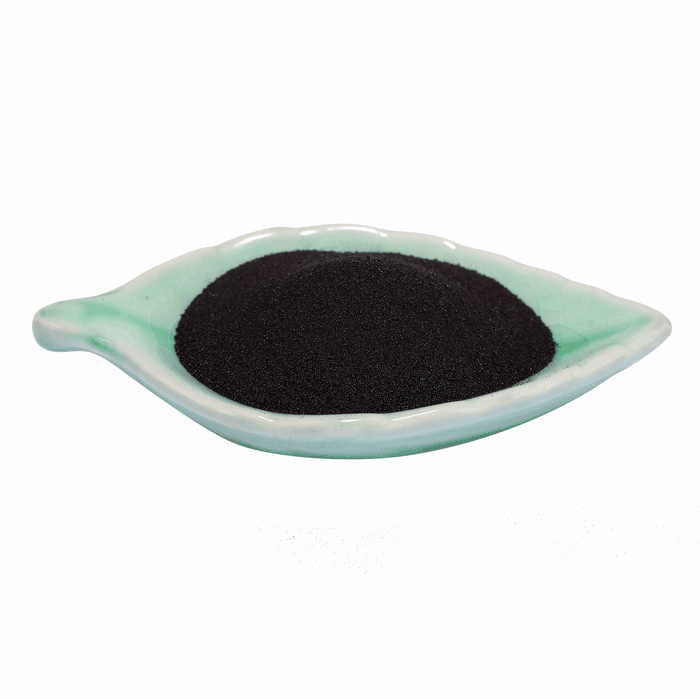 106562-32-7 7-Amino-4-methyl-3-coumarinyl acetic acid 98%View Details
106562-32-7 7-Amino-4-methyl-3-coumarinyl acetic acid 98%View Details
106562-32-7 -
 7-Amino-4-methylcoumarin-3-acetic Acid CAS 106562-32-7View Details
7-Amino-4-methylcoumarin-3-acetic Acid CAS 106562-32-7View Details
106562-32-7 -
 7-Amino-4-methyl-3-coumarinylacetic acid CAS 106562-32-7View Details
7-Amino-4-methyl-3-coumarinylacetic acid CAS 106562-32-7View Details
106562-32-7 -
 1975-50-4 98%View Details
1975-50-4 98%View Details
1975-50-4 -
 2-HYDROXY BENZYL ALCOHOL 98%View Details
2-HYDROXY BENZYL ALCOHOL 98%View Details
90-01-7 -
 2-Chloro-1,3-Bis(Dimethylamino)Trimethinium Hexafluorophosphate 221615-75-4 98%View Details
2-Chloro-1,3-Bis(Dimethylamino)Trimethinium Hexafluorophosphate 221615-75-4 98%View Details
221615-75-4 -
 14714-50-2 (2-Hydroxyphenyl)acetonitrile 98+View Details
14714-50-2 (2-Hydroxyphenyl)acetonitrile 98+View Details
14714-50-2 -
 118753-70-1 98+View Details
118753-70-1 98+View Details
118753-70-1
Statement: All products displayed on this website are only used for non medical purposes such as industrial applications or scientific research, and cannot be used for clinical diagnosis or treatment of humans or animals. They are not medicinal or edible.